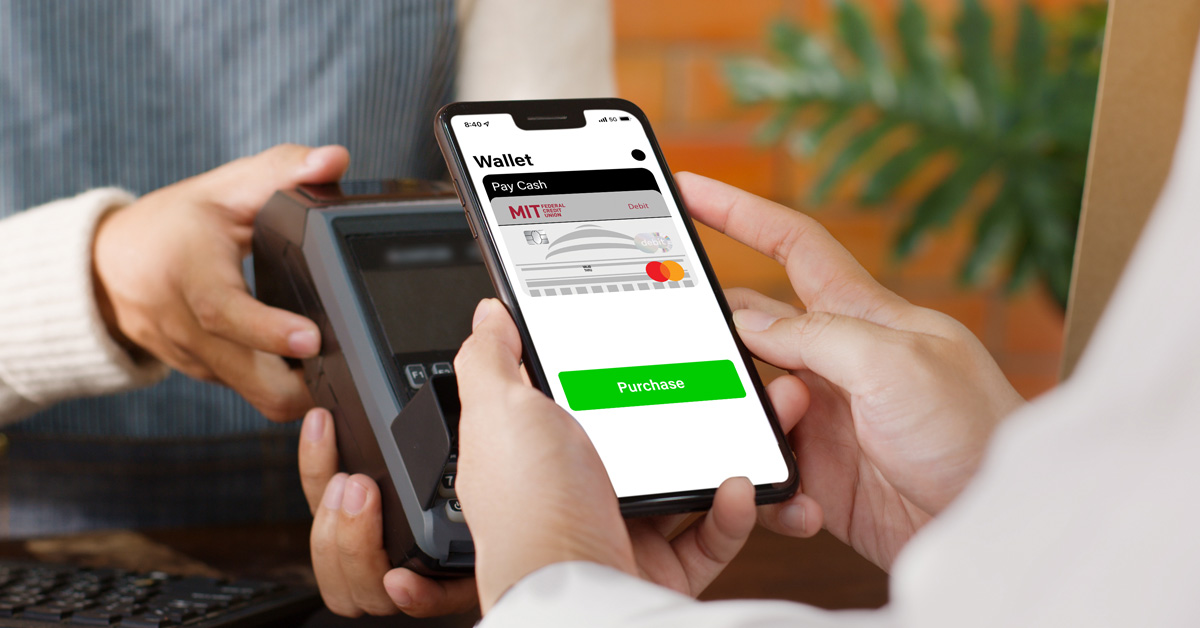How to Teach Your Kids About Money: Part 3
Anyone with kids knows that "Monkey See, Monkey Do" is a much more accurate description of parenting than "Monkey Gets Good Advice From Mom or Dad, Monkey Do." Of course, you can talk about good money habits until you're blue in the face, but let's be realistic, kids pay attention to actions, and that's what's important when it comes to raising financially literate and responsible kids.
Welcome to part 3 in this 5 part series, where we're exploring actionable steps and strategies you can use to teach your kids about money - specifically, how to be GOOD with money. In this post, we'll be covering what is perhaps the most crucial step in teaching your children to be financially literate and responsible:
First, You Must Get Your Own Financial House in Order
If your own habits are lacking, that's what your children are going to pick up on, imitate, and assimilate into their own financial habits. They are watching and absorbing what you DO, not necessarily what you say.
A deep dive into finance for adults is beyond the scope of this series, but here are a few solid strategies to get you started and a few helpful resources to dig deeper, so you can set the best possible example for your kids.
Step 1: Be kind to yourself, forgive yourself. And accept the truth of your financial situation. Managing your money well is simply a set of skills and habits that help you keep things running smoothly, deal with what comes your way, and move towards your goals. And the truth is, you may not have been taught these skills yourself. Thankfully, no matter where you are with your skills and habits, you can always begin again right now and start getting your financial ducks in a row. Showing your kids that you're learning too may even gain their buy-in faster.
Step 2: Determine exactly where you are with your finances. You can't achieve your goals if you don't know where you're starting. Take a good hard look at your finances. How much is coming in. How much is going out. What do you owe? What do you own? You can't manage, improve, or even understand your financial state if you don't have all the facts in front of you. It might not be easy, fun, or even comfortable, but the sooner you lay it all out, the sooner you can start moving forward. And the better you'll be able to teach your kids and help them form their own empowering habits. Here are some tips to get you started.
Step 3: Create a budget - part 1 Introducing Your Expenses. Okay, okay. "Create a Budget" is certainly not the sexiest financial advice around. If you were hoping I would suggest that you buy some cryptocurrency or invest in a soon-to-be-disruptive health-tech start-up, wrong blog. No matter what hot new trend is exploding on "the Twitters," you gotta have the fundamentals in place first. A solid budget is the natural next step after you've got your tracking in place. It's how you can start to manage where your money goes and reallocate resources from one category to another as you begin to dial into your finances.
Start with the basics, like just your "operational costs." Figure out and allocate spending for things like mortgage/rent, groceries, dining out, utilities, gas, insurance, clothes, debt, daycare, pet care, and so on. All the usual "must-have" stuff that you're paying for month after month. Seeing all your expenses down on paper or in a spreadsheet can shed some light on your finances. Are you really spending $200 on TV-related subscriptions? Yes. Yes, you are. And now you found an area you can maybe save some money if you'd like. The idea is that you find out precisely what you're spending in each area and then work to dial down your expenses to whatever extent is possible. Maybe it's not possible, but at least you know where your money is going.
Step 4: Budgeting - part 2 Creating a Sinking Fund. Now you have a handle on all your regular recurring expenses. You know what you're spending in all the major areas of your budget, and hopefully, you've found a few places where you can reign in your spending and maybe a few areas that bring more joy to your life, like a monthly massage or a hot yoga class, where you can spend a little more. Next, you want to add in what's known as a sinking fund. A sinking fund is a little savings program for expenses that you KNOW will come up, but they're not regular household expenses. They're not a part of your weekly/monthly budget. They're not even an emergency fund since they ARE expected. The term sinking fund can cover everything from car repairs to holiday spending to vacations to a birthday present for your best friend whose turning 40 in a few months. The idea is to avoid having to dip into your savings or your emergency fund.
Speaking of an emergency fund, that's another thing you should build into your budget until you've got between three- and six months' worth of "operating expenses" put aside. An emergency fund can help you weather a tough financial storm like losing your job, unexpected home repairs, or medical expenses. Seem difficult to save up that much? Start small. Even just $25 a week going into this fund will get you closer to your goal than saving nothing.
Step 5: Budgeting - part 3 Setting your budget goals. With a budget, you can set your choice of goals, like paying off some debt, saving for a new home down payment, or adding to your vintage guitar collection. Cut back a little in the eating out category so you can put a little more into the vintage guitar category. Shave a little off the TV subscriptions and spend a little more on your exotic saltwater fish tank project. Then you'll know definitively - once your expenses are paid, your debt is gone/going down, you've saved some money for your goals, and you've invested in your 401K and sinking fund - whether it makes sense to buy a little Dogecoin and HODL!
Step 6: Automate your finances! Once you've got your budget all worked out, it's time to let technology take care of the day-to-day heavy lifting of executing your budget. That's right, using an online or mobile banking system, you can automate almost your entire financial world. Have your check deposited early with express payday and then automatically pay bills, move money into savings or investments, or transfer funds into other accounts, even to other credit unions or financial institutions. Sure, it'll take a few hours to think through, plan out, and set up. But once it is, it means your budget is on autopilot. Your savings or investment goals happen without you having to visit an ATM or even lift a finger. Powerful strategy, that one.
Step 7: Monitor, rinse, and repeat... Now that you've got your financial system set up, you might be tempted to think that you're all done - set it and forget it, right? Not quite. You'll still need to monitor your system and review your finances regularly to ensure everything is in order. I recommend doing it weekly, on the same day, and ideally with your partner if you share your finances with a significant other. You'll want to make sure you're sticking to your budget and that you're moving in the direction of hitting your financial goals.
But, remember step 1? Be Kind to Yourself! That's right, just because you spent some time creating your budget and systematizing it doesn't mean you and your partner will stick to it right out of the gate. Just like starting any new plan or habit - like a new exercise plan - there will likely be a learning curve and a period of adjustment. If you slip up, it's okay! Just acknowledge it and get right back on the program. Or maybe your budget isn't realistic. Make any necessary changes to your budget plan and keep trying. Stick with it until your budget works and you and your partner are sticking to the program. Like "the best exercise plan," "the best budget" is one you'll stick to. Make sure it moves you in the direction of your goals, but also make sure it's doable!
Once you've got a plan, you've got it systematized and automated, and you're sticking to it, it's only a matter of time before you start knocking your financial goals off the list.
Oh, and if your kids are old enough, get them involved in this whole process. It'll teach them that adults can and should continue to learn, grow, and develop better skills and habits. If they're bringing in money or getting an allowance, show them how to set a goal and measure their progress. Everyone love to see progress followed by a reward! And learning how to create and stick to a budget can become a family project that brings everyone together towards a common goal. It can be a learning experience for the whole family!
« Return to "Blog"

Is Black Friday Shopping Worth the Hassle?
Black Friday has been hailed as the biggest shopping day of the year, but consumers are rethinking that title.

How Much Should I Keep in My Checking Account?
Here are three reasons you want to keep your checking account well-padded at all times.

5 Financial Planning Tips for New Parents
Becoming a parent is one of life's most joyful experiences- but it also comes with a whole new set of responsibilities, especially when it comes to finances.




